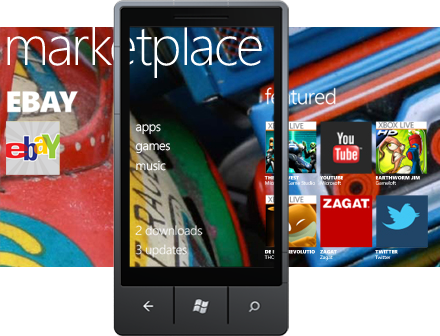Oh boy, the wait is now over. Two of the three phones LG showcased at CES 2011 and later launched at MWC 2011, the Optimus 2X and the Optimus Black, have been officially released in India. For those who don’t remember, the Optimus 2X is the world’s first mobile phone with a dual-core processor - NVIDIA's Tegra 2.
LG Optimus 2X P990:
The Optimus 2X, earlier known as the Star, is an absolute benchmarking beast thanks to the Tegra 2. It has a bunch of other cool features too, though. Check ‘em out:
- 1GHz dual-core NVIDIA Tegra 2 CPU
- 512MB RAM
- 4-inch capacitive touchscreen at a resolution of 800x480
- Google Android 2.2 Froyo, upgradeable to 2.3 Gingerbread
- 8 megapixel camera with autofocus and LED flash
- FullHD video camera which can capture 1080p videos at 24fps and 720p videos at 30fps
- 1.3 megapixel front-facing camera
- GPS with A-GPS support
- HDMI-out port
- 8GB internal storage, expandable to 32GB via microSD
- WiFi 802.11b/g/n, DLNA support, Bluetooth 2.1 with A2DP
- HSDPA 10.2Mbps
LG Optimus Black P970:
The Optimus Black might seem a little similar to the 2X in terms of specs, but it is a much slimmer smartphone with LG’s new display technology, the NOVA Display. LG claims this makes the Optimus Black’s screen a lot brighter than most displays other smartphones in the market have. It’s also the first smartphone to feature the WiFi direct feature. Anyway, take a look at the specs:
- 1GHz Texas Instruments OMAP3630 CPU
- 512MB RAM
- 4-inch IPS LCD capacitive touchscreen at 800x480
- Google Android 2.2 Froyo, upgradeable to 2.3 Gingerbread
- 5 megapixel camera with autofocus and LED flash
- Video camera which can capture 720p videos at 30fps
- 2 megapixel front facing wide-angle camera
- GPS with A-GPS support
- 2GB internal storage, expandable to 32GB via microSD
- WiFi 802.11b/g/n, WiFi Direct, DLNA support, Bluetooth 2.1 with A2DP and EDR
- HSDPA 7.2Mbps
The LG Optimus 2X P990 is priced at Rs. 30,000, which is an excellent price for the specs it has on offer, and the LG Optimus Black P970 will be available for Rs. 27,000. Now all that’s well and good, but where’s that third cog in the wheel, the LG Optimus 3D? Let’s just hope it makes it out here soon.



























